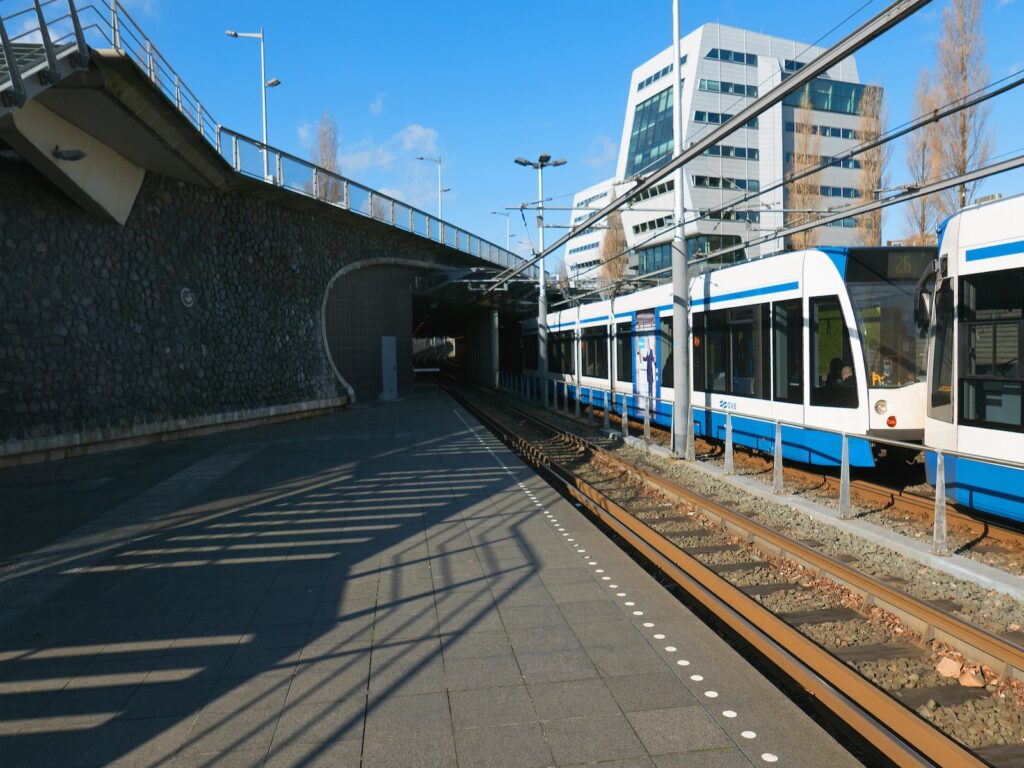Essential Tricks for Land Development Infrastructure Planning
Are you ready to unlock the secrets to successful land development? In the world of real estate, proper infrastructure planning can make or break your projects. That’s why we’re here to share with you the essential tricks and best practices that will set you on the path to success.
Imagine having the knowledge and expertise to navigate the complexities of infrastructure planning with confidence. No more sleepless nights wondering if your development will meet regulations, attract buyers, or maximize profitability. With our expert guidance, you’ll gain the insights needed to optimize your land development endeavors.
From comprehensive site analysis and thoughtful design to sustainable practices and stakeholder engagement, we’ll cover it all. By following these proven strategies, you’ll be well-equipped to minimize risks, enhance efficiency, and create developments that stand the test of time.
The Significance of Best Practices in Infrastructure Planning
Before we explore the detailed tricks and best practices, it’s important to understand the significance of following established guidelines in land development infrastructure planning. By adhering to proven strategies and principles, you can:
- Minimize risks and uncertainties associated with infrastructure development
- Enhance the overall efficiency and effectiveness of your projects
- Ensure compliance with relevant regulations and standards
- Maximize the potential for long-term profitability
Best Practices for Land Development Infrastructure Planning
Now, let’s delve into the core tricks and best practices that will serve as your guiding principles:
1. Comprehensive Site Analysis
Prior to commencing any development activities, perform a thorough analysis of the site to gain a comprehensive understanding of its characteristics, limitations, and potential.
This analysis should cover factors such as topography, soil conditions, environmental concerns, and access to utilities. By gathering this crucial information, you can make informed decisions throughout the planning and design stages.
2. Proper Design and Layout
Based on the site analysis, create a well-thought-out design and layout that optimizes the use of the land. Consider factors such as zoning requirements, the intended use of the development, traffic flow, and the integration of green spaces.
A thoughtful design and layout can improve the functionality and aesthetics of the project, attracting potential buyers or investors.
3. Infrastructure Compatibility
Ensure that the planned infrastructure, including roads, utilities, and drainage systems, is compatible with the surrounding area and can support the anticipated level of development.
Assess the capacity of existing infrastructure and make necessary upgrades or additions to accommodate the project’s needs. This step is crucial to prevent future bottlenecks and ensure a seamless flow of resources.
4. Collaboration with Experts
Engage with experienced professionals, such as civil engineers, architects, and urban planners, who specialize in land development.
Their expertise can help you navigate the complexities of infrastructure planning and provide valuable insights throughout the process. Collaborating with experts ensures that you have access to the latest industry knowledge and best practices.
5. Sustainable Development Practices
Integrate sustainable development practices into your infrastructure planning. Consider incorporating green building materials, implementing energy-efficient systems, and designing with resilience and adaptability in mind. This not only benefits the environment but can also reduce long-term operational costs.
Sustainable practices are becoming increasingly important in the real estate industry, attracting eco-conscious buyers and investors.
6. Stakeholder Engagement
Engage with relevant stakeholders, including local communities, government agencies, and neighboring landowners. Seek their input and address any concerns early in the planning stages. This fosters positive relationships, minimizes potential conflicts, and increases the likelihood of project approval.
Engaging stakeholders also helps you understand the interests and needs of the community, allowing you to develop infrastructure that aligns with their expectations.
7. Risk Assessment and Mitigation
Conduct a comprehensive risk assessment to identify potential challenges and vulnerabilities in your infrastructure planning. This includes assessing factors such as natural disasters, environmental impact, and economic fluctuations.
Develop strategies to mitigate these risks, such as implementing appropriate drainage systems to address flooding or incorporating flexible design elements that can adapt to changing market conditions.
8. Phased Development Approach
Consider adopting a phased development approach, especially for larger projects. Breaking down the development process into manageable phases allows for better resource allocation, risk management, and flexibility.
Each phase can be carefully planned and executed, taking into account the lessons learned from previous stages and adapting to evolving market conditions.
Real-World Examples of Effective Infrastructure Planning
Let’s explore a few real-world examples that demonstrate the benefits of adopting best practices in land development infrastructure planning:
Example 1: Smart Growth Initiatives
In a real estate organization Implementing smart growth initiatives that prioritize walkability, mixed-use developments, and efficient infrastructure planning resulted in a vibrant downtown area with increased property values and economic opportunities.
By creating a pedestrian-friendly environment, integrating public transportation, and strategically designing infrastructure, the city successfully attracted businesses, residents, and investors.
Example 2: Sustainable Neighborhood Design
In a suburban development project, incorporating sustainable infrastructure practices such as rainwater harvesting, renewable energy sources, and bike-friendly pathways created an environmentally conscious neighborhood.
This led to reduced utility costs for homeowners, improved quality of life, and a higher demand for properties within the development.
Example 3: Transit-Oriented Development
In the city of PQR, implementing transit-oriented development principles, including strategically locating residential and commercial properties near public transportation hubs, reduced traffic congestion, promoted walk ability, and enhanced the overall quality of life for residents.
This integrated approach to infrastructure planning allowed residents to easily access amenities, reduced reliance on private vehicles, and created vibrant, livable communities.

The Benefits of Adopting Best Practices
By incorporating these best practices into your land development infrastructure planning, you can reap numerous benefits:
- Minimized project delays and increased operational efficiency
- Improved risk management and reduced potential liabilities
- Enhanced environmental sustainability and community well-being
- Increased property values and market appeal
- Attracted buyers, investors, and partners who value sustainable and well-planned developments
Challenges and Obstacles
While following best practices can greatly contribute to successful infrastructure planning, it’s essential to be aware of potential challenges and obstacles that may arise:
- Regulatory Constraints: Navigating through complex regulatory frameworks and obtaining necessary permits and approvals can be time-consuming and require expertise. Engage with professionals who are well-versed in local regulations to ensure compliance.
- Budgetary Considerations: Implementing infrastructure plans often involves significant financial investments. It’s crucial to carefully balance costs while maintaining the desired quality and functionality. Conduct thorough cost estimates and explore funding options.
Community Opposition: Some land development projects may face opposition from local communities due to concerns about increased traffic, noise, or environmental impact. Proactive communication, transparency, and engagement can help address these concerns effectively.
Consider hosting public meetings or workshops to educate the community about the benefits of your infrastructure planning and address their questions and concerns.
Final Words
Successful land development requires meticulous infrastructure planning. By following these essential tricks and best practices, you can ensure that your projects are well-designed, sustainable, and profitable. Remember:
- Conduct a comprehensive site analysis to gather essential data and insights.
- Engage with experienced professionals to design and layout your project effectively.
- Assess the compatibility of infrastructure with the site and make necessary adjustments.
- Integrate sustainable development practices into your planning process.
- Engage with stakeholders and address any concerns or objections early on.
- Stay informed about relevant regulations and obtain necessary permits.
- Maintain open communication channels with the community and address their feedback.
- Conduct regular risk assessments and adopt a phased development approach.
By following these steps, you’ll be on your way to a successful land development project with well-planned infrastructure.
So, are you ready to embark on your journey towards successful land development infrastructure planning? Implement these best practices and unlock the potential of your development endeavors. Your projects will not only thrive but also contribute to sustainable communities and a better future.
Share your thoughts and experiences in the comments below! How have best practices in infrastructure planning benefited your land development projects?
